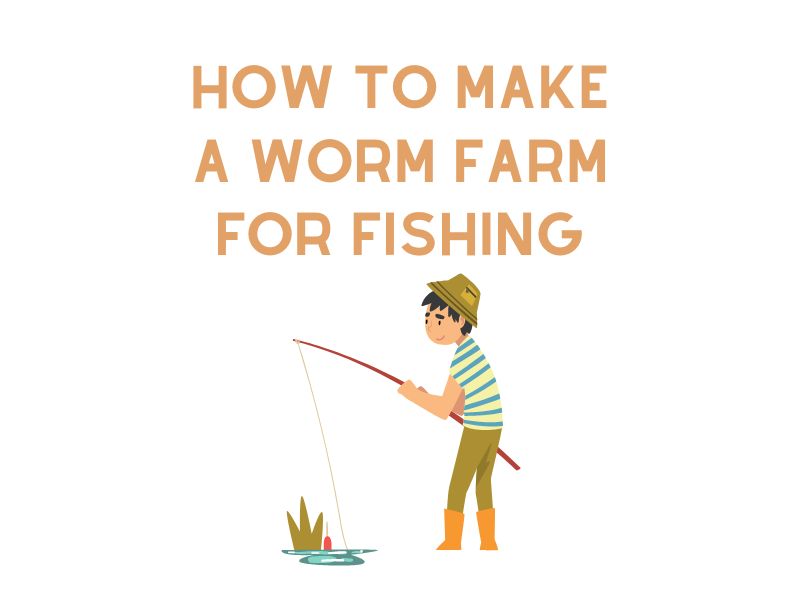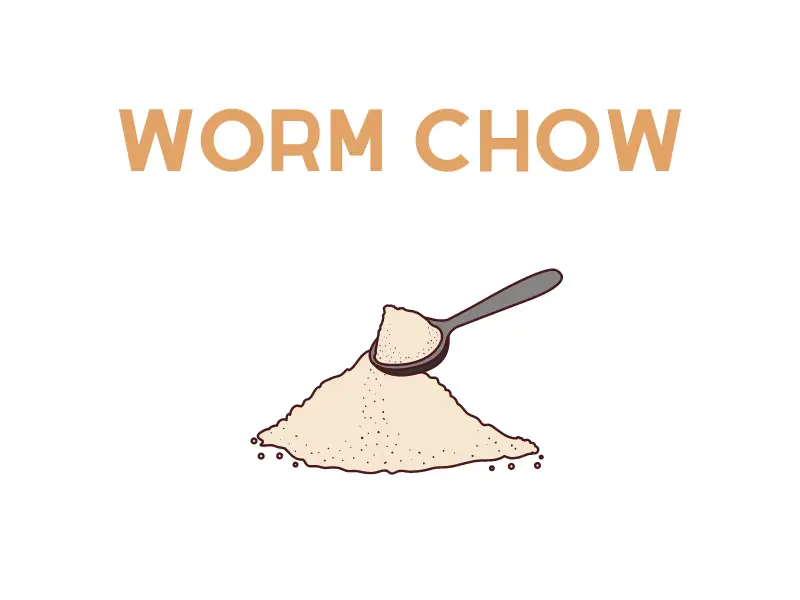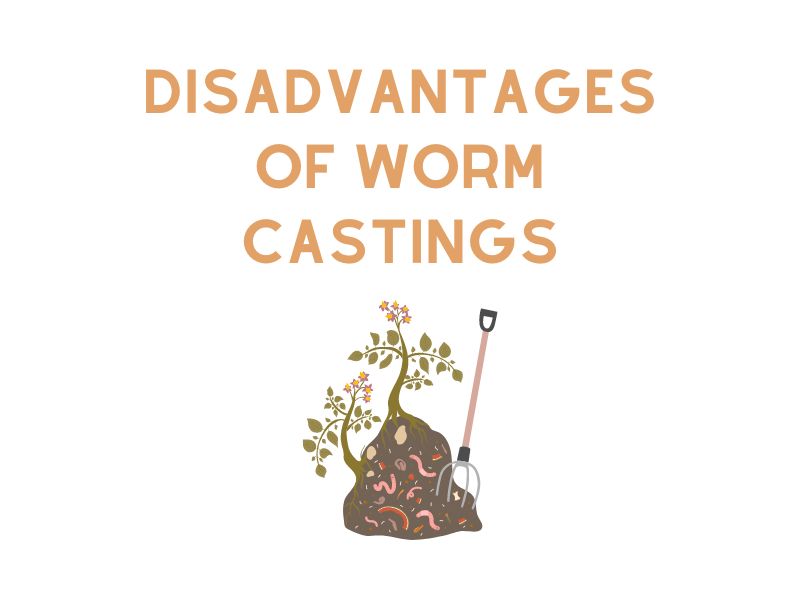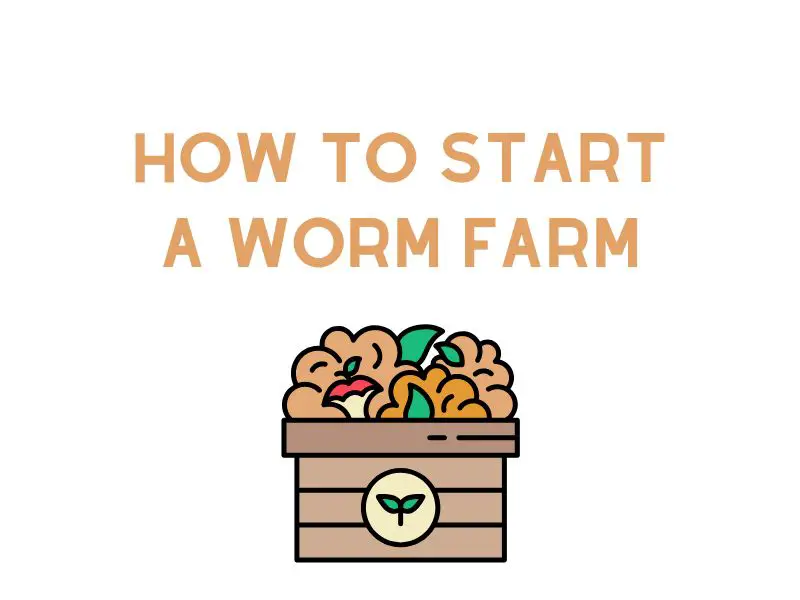For many with years of fishing experience, the age-old tradition of fishing with worms remains unmatched in its effectiveness. But, constantly buying worms from the local bait store or a bait shop either becomes costly or results in not having the right amount of worms when you need them. If you’re serious about fishing, why not grow your own fishing bait instead? Setting up a worm bin is the perfect solution, allowing an endless supply of fishing bait, and ensuring you always have plenty of worms for every fishing trip.
Starting a worm farm for fishing might sound daunting, but with just a handful of worms to start, and the right environment, the worms will do the rest. Whether you decide to establish your worm bed either indoors or outside, it’s essential to prevent your worms from escaping and to shield them from potential hazards like drowning. Properly introducing your worms to their new home with a generous layer of worm bedding ensures they will grow and reproduce best, providing pounds of worms over time.
Not only do these wriggly critters make the best compost, but they fatten up to become irresistible fishing bait. If you’re looking to raise nightcrawlers for fishing or simply want a steady supply of worms, this guide on how to make a home for breeding worms for fishing will walk you through every step. By the end, you won’t need to run to the bait shop every other day – your worm farm will ensure an endless supply, and the worms inside will thrive and reproduce. So, before you put those worms at risk of drowning by keeping them improperly or wasting another dollar at the bait shop, take the time to grow your very own worm farm. It’s a collective effort, where you provide the care, and the worms will ensure an endless supply of fishing bait.
Types of Worms for Fishing
The first thing that you need to do is to identify the worms that you can use for fishing. Not all of them can promise a fresh catch. If you want your fishing trips to be less frustrating, then start with the right kind of worms. Below are some of the most common types of worms that you can use.
- European Nightcrawlers: This is one of the most popular worms for fishing bait. The color ranges from dark gray to muddy brown. They are known for being large, and hence, they are good for a big catch, especially game fish. Because they are large, you can even cut the worm and use it in pieces if you are after small fish.
- Red Wigglers: If you want to catch hook and trout fish, then this will prove to be an excellent choice for live bait. Take note that it is smaller compared to other worms, so make sure that it is suitable for the type of fish you would like to catch. These worms are known for being hardy, which means that they can withstand harsh environments.
- Mealworms: To be accurate, mealworms are not actually worms. Rather, they are larvae of the mealworm beetle. It is a small bait that is suitable for small fish. They can last longer than other worms, making it another favorite amongst fishing enthusiasts.
How to Raise Worms for Fishing
Do you want to grow your own live fishing bait and improve your fishing experience? Learn how to grow worms for fishing, specifically baby worms, which are perfect to start your own population of worms. Worms like comfortable bedding in order to thrive, so make sure to place your worm bed in the right spot. To attract the worm you want, create a suitable environment with the right number of worms to meet your needs. This way, you will always have an endless supply of live fishing bait for your next fishing trip.
To ensure the success of your worm bed, make a comfortable home for the worms. Whether you choose to place your worm bed indoors or outdoors, the bedding for the worms should be ideal to prevent them from escaping. Additionally, the soil in your worm bed should be rich and nutritious, allowing the baby worms to fatten up effectively. Remember, fatter worms make better bait for fishing.
In order to protect your worms, ensure their new home is safe and secure, preventing any risks such as drowning. By doing so, you will have a healthy population of worms that won’t be at risk of escaping or harm. To further enhance your supply of live fishing bait, consider using a premade worm bed that will help you maintain a high-quality environment for your worms.
With your population of worms thriving, you will have a never-ending supply of live fishing bait for your next fishing adventure. Not only will you enjoy an enhanced fishing experience, but you will also have the pleasure of nurturing your own worms and watching them grow. So start growing your own worms today and see how plants grow and your fishing skills improve with the help of live fishing bait!
Now, let’s talk about some tips and tricks for raising the best worms for fishing.
Raising European Nightcrawlers
These worms grow anywhere from three to eight inches in length. Compared to red wigglers, they are up to three times larger. Here’s a quick guide on how to raise them at home:
- Look for the right location. Find a place that isn’t too hot or too cold.
- Find a plastic container, which will serve as a worm bed. Being prolific breeders, choose large worm beds.
- Once you have the container, drill holes. There should be holes at the bottom, which will let water pass through. Otherwise, water will remain in the soil, making it soggy and not ideal for the worms to live. You should also drill holes on the side for ventilation.
- On the first layer of the worm bed, add soaked sheets of paper. Make sure to squeeze before adding on the surface.
- Add soil on the top. Choose a well-balanced and nutrient-rich soil.
- Add the worms on the top and feed them several times a week.
When raising nightcrawlers, pay attention to the temperature of their environment, which should be from 55 to 78 degrees Fahrenheit. For the bedding, add peat moss and coconut. It will also be good to add chicken egg, which will supplement the calcium needs of the nightcrawlers.
Raising Red Wiggler
To raise red wigglers, the steps are similar to how you can do it with European nightcrawlers. You also need a worm bed with paper and soil and you will need to place the worms on the top. To ensure positive outcomes, below are some tips that will help you successfully grow red wigglers in a worm farm:
- Each red wiggler will be eating about half of its weight daily, so make sure to provide enough kitchen scraps. If there is still food left from the last time you fed the worm, lessen the scraps that you will add.
- Occasionally mist the top layer of the worm bed. Do it lightly. The goal is to make the soil moist, but it should never be soggy.
Raising Mealworms
To grow mealworms at home, the steps will be quite different from growing European nightcrawlers and red wigglers. Here are the things you will need to do:
- Find a container that is large enough based on how many mealworms you will be raising.
- For the bedding, start by pouring one-inch cornmeal or oats.
- Next, add fresh fruits and vegetables. Choose those that will add moisture to the worm bed. Some of the best choices include apples, potatoes, celery, and lettuce, among others.
- Now that the bed is ready, add the mealworms on the top. Avoid overcrowding the worms. Make sure that there is enough room for the worms to wiggle.
- Add more materials on the top for the worms to feed on, such as ground-up cereal and slices of bread.
- Seal the container. This is important to speed up the growth process. Mealworms prefer dark and warm environments. This will let them pupate faster, which is why you will need to cover the bin.
- Periodically check the bin. For fishing bait, you do not need a fully-grown beetle.
FAQ
What are fishing worms?
Fishing worms, also known as fishing bait worms or bait worms, are live worms commonly used as bait for fishing. They are typically composting worms and are sought after for their ability to attract fish.
How do I create a worm bin?
To create a worm bin, you will need a container such as a plastic or wooden box. Fill the bin with organic material like vegetable scraps or shredded paper. Add red worms or composting worms to the bin, ensuring you provide them with worm food such as fruit peels or coffee grounds. Place the bin in a cool and dark location, and regularly check and maintain the moisture level of the bin.
Where can I find live worms for fishing?
You can find live worms for fishing at various places such as a bait shop or a store that sells fishing supplies. Alternatively, you can buy live bait online and have them delivered to your doorstep.
How can I grow my own worms for fishing bait?
To grow your own worms for fishing bait, you can either build a worm farm or buy a ready-made worm composting system. Provide a suitable home for your worms with bedding made of materials like shredded newspaper or coconut coir. Feed your worms with organic waste, ensuring that the food is moist but not wet. Over time, your worm population will grow, and you can harvest them for fishing bait.
Can I use composting worms for both composting and fishing?
Yes, you can use composting worms for both composting and fishing. These worms, such as red worms, are highly effective in breaking down organic waste into nutrient-rich compost, and they also make excellent fishing bait.
Conclusion
As we’ve delved into the intricate process of establishing a worm farm, it’s evident that the rewards are plentiful. Not only do you get to watch many worms grow and reproduce, but you also ensure a sustainable supply of the best bait for fishing. Taking the time to grow worms for fishing bait is a venture where the worm farm is a collective effort. While you provide the ideal environment, keeping the worm farm dark and making sure to keep the worms from escaping, the worms in return thrive, fatten up, and ensure you always have a dozen or more ready for your next fishing outing.
However, always remember that the worms can get stressed or face challenges in their habitat. Ensuring their well-being is crucial, as, without proper care, worms will die or fail to reproduce effectively. The key is to observe and allow the worms to move and interact within their space freely. In the end, the saying holds: the worms are the best testament to a well-maintained worm farm. So, cherish and nurture your worm farm, and in return, you’ll never run short of top-notch fishing bait.





